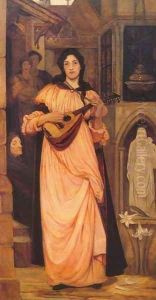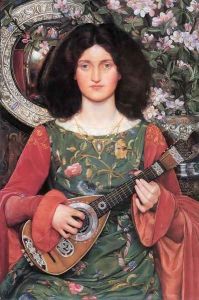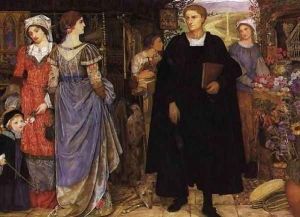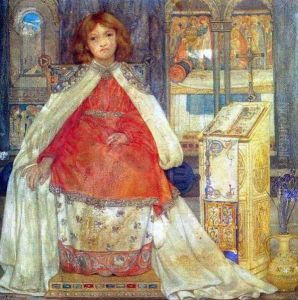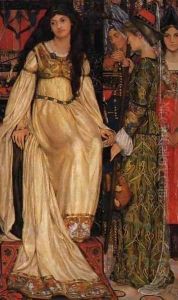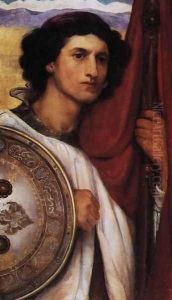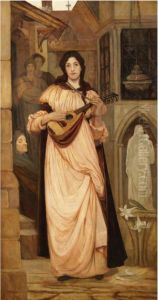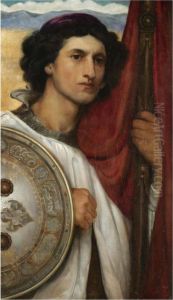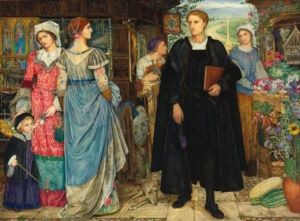Kate Elizabeth Bunce Paintings
Kate Elizabeth Bunce was an English painter and poet associated with the Arts and Crafts movement, which sought to improve standards of decorative design during the latter half of the 19th century and early 20th century. Born on August 18, 1856, in Birmingham, England, she was one of the four children of John Thackray Bunce, a prominent local newspaper editor and a supporter of the arts and culture.
Bunce was educated at the Birmingham School of Art, where she was influenced by the teachings of Edward Burne-Jones and the Pre-Raphaelite Brotherhood, a group of English painters, poets, and art critics. Her work often featured strong, idealized women set in medieval or early Renaissance settings, showing the clear influence of the Pre-Raphaelite style with its vivid colors and attention to detail.
Though less widely known than her male counterparts, Bunce played a significant role in Birmingham's artistic community. She was a member of the Birmingham Society of Artists and exhibited her work at the Royal Academy of Arts and the Royal Birmingham Society of Artists, among other venues. Her paintings typically included religious and literary themes, and she was also known for her skilful enamel work.
Bunce never married and lived most of her life with her sister Myra, who was also an artist. Together, they were part of the Birmingham group of artists who were influenced by the ideals of the Arts and Crafts Movement. Kate Elizabeth Bunce's work was part of the art competitions at the 1924 Summer Olympics.
She passed away on December 24, 1927, in Birmingham. Her legacy is preserved in her contributions to the Arts and Crafts movement and her influence on the development of female artists during her time. Some of her notable works include 'Musica' (1895-97), which is part of the collection at the Birmingham Museum and Art Gallery, and 'The Keepsake', exemplifying her meticulous and decorative approach to art.
